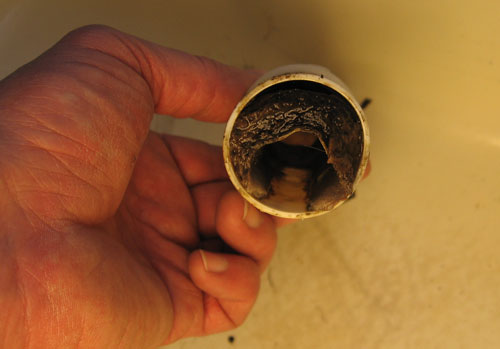NYMedic828
Forum Deputy Chief
- 2,094
- 3
- 36
Over in the ALS vs. BLS thread the topic of anaphylaxis was starting to get pretty heated so I made a thread at the request of abcKM.
Discuss anything anaphylaxis related...
My first question, in the event of severe laryngoedema, how much are the lower airways affected?
Do they only suffer mild inflammation and varying degree of bronchospasm mimicking asthma or can say, the bronhi become so inflamed they are entirely blocked?
Discuss anything anaphylaxis related...
My first question, in the event of severe laryngoedema, how much are the lower airways affected?
Do they only suffer mild inflammation and varying degree of bronchospasm mimicking asthma or can say, the bronhi become so inflamed they are entirely blocked?

